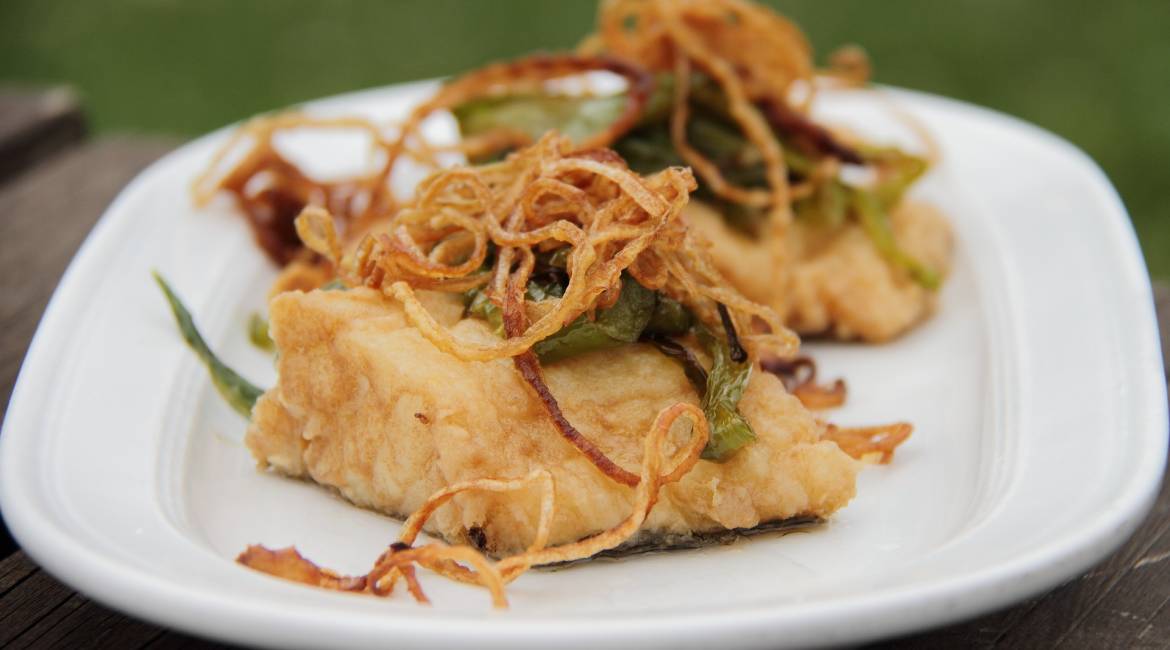Bucolic and mysterious Lazio
 Today our regional recipe column takes us to Lazio, the cradle of our capital city: Rome.
Today our regional recipe column takes us to Lazio, the cradle of our capital city: Rome.
Lazio hides various legends related to the mysterious lake environment and the countryside in general. An area dotted with more than 50 stretches of water, gentle hills that separate the wide plains of the Roman countryside, the view extends from the Sibylline mountains to the sea.
It is in these countryside scenarios that the legend of Berta was born: “It is no longer time for Berta to spin”. The message at the heart of the legend in some ways is very current especially in terms of the ability that the people had to survive a bad government.
“Berta was a poor woman who did nothing but spin wool. Once, while walking, she met Nerone, the Roman emperor, and said to him: "May God give you so much health as to make you live a thousand years!".
Nerone, whose bad character no one could see, was stunned to hear that she wished him to live for a hundred years, and replied "and why are you saying that to me, good woman?"
“Because after a bad one, a worse and worse one comes”.
Nerone, amazed by the woman's courageous words, invited the spinner to the Palace the following morning, telling her to bring all the wool she would have spun until that time arrived.
The woman was afraid all during the night, certain that her death was near and that the wool she was spinning would be used to hang her ... arriving at the palace, the emperor however said to her "tie one end of the ball to the door of the palace and walk until the thread runs out ”“ as far as the thread is, the countryside on both sides of the road is all yours ”.
So Berta was rewarded for her audacity and when she became rich she stopped spinning. Word spread among the people and immediately a long line was created in front of the royal palace; but Nerone replied "it is no longer the time that Bertha spun".
Moving on to the culinary side of Ancient Rome ... it seems that the Romans (the rich ones of course) loved good food and wine; thanks to Marco Gavio Apicius, who probably wrote the first recipe book, “De re coquinaria”, and so because of him we have a very wide knowledge of Roman habits and recipes.
We know that the Romans loved many strong tastes and eccentric combinations but the food they loved and used in abundance was garum: liquid fish sauce, perhaps of Greek origin, obtained by "fermenting" (rotting) in the sun the entrails of blue fish which were then salted and, in some way, pressed to obtain a semi-transparent liquid. It seems that in the countryside where fermentation took place the stench was unbearable but so it is, garum was a specialty for true gentlemen. Today this taste is very distant from us, not only from the passage of time but also in our habits (fortunately, I would say!); the recipe that I share today instead, comes from the Jewish-Roman tradition, it is a dish that I love very much especially when I can eat it in the ghetto, a place in Rome that it comes naturally to me to love.

Roman-style fried cod
600 gr. of soaked cod
100 gr. of stone ground flour
Carbonated water q.s.
Pepper as needed.
Seed oil as needed
With a knife, cut the dried cod into strips.
Make a smooth, not too liquid batter with the flour and water.
Flour the cod and dip it in the batter.
Fry the cod fillets in hot oil for about 10 minutes.
Dry well, add salt (if needed) and pepper.
I serve the cod with leek and fried onion or with a sweet and sour onion compote.
Enjoy your meal!






